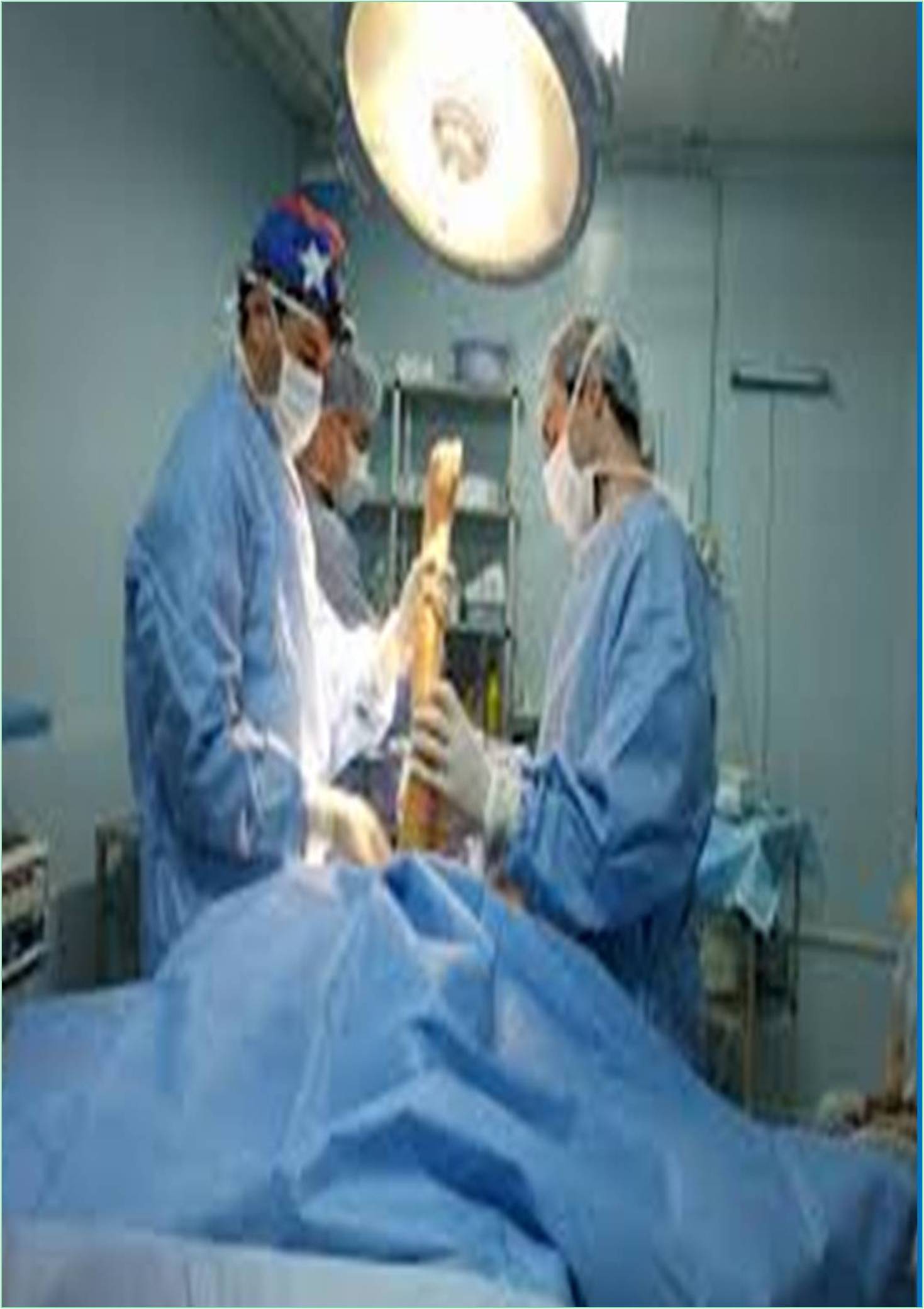



Received: 01-Apr-2022, Manuscript No. GJOPTP-22-59175 ; Editor assigned: 04-Apr-2022, Pre QC No. GJOPTP-22-59175 (PQ); Reviewed: 18-Apr-2022, QC No. GJOPTP-22-59175 ; Revised: 25-Apr-2022, Manuscript No. GJOPTP-22-59175 (R); Published: 02-May-2022, DOI: 10.15651/GJOPTP.22.9.001
Fibromyalgia is a condition that causes pain in the muscles and soft tissues of the whole body. This is an on-going (chronic) condition. It can affect various parts of the body like neck, shoulders, back, chest, hips, buttocks, arms and legs. Pain can be exacerbated in the morning and evening. Sometimes the pain can last all day. The pain may get severe while doing any activity, cold or damp weather, anxiety, and stress. This condition is more often diagnosed in m iddle age people between the ages of 20 and 50.
Causes
Many experts believe that repeated nerve stimulation causes changes in the brain and spinal cord of people suffering from fibromyalgia. This change includes an abnormal increase in certain chemical levels in the brain that signal pain.
In addition, pain receptors in the brain appear to develop and sensitize some form of pain memory. That is, it can overreact to painful and non-painful signals.
There are many factors that lead to such changes, including
• Genetics
• Infections
• Physical or emotional events
Symptoms
Each person’s symptoms may vary. However, chronic pain is one of the most common symptoms. Pain most commonly affects muscles and the points at which they attach to bones. These are ligaments and tendons.
Pain can start from one part of the body like the neck and shoulders. However, any part of the body can be affected. Pain ranges from mild to severe and has “flare ups” and a period of improvement. The discomfort of fibromyalgia can feel like a burning, soreness, pain, stiffness, pain, or persistent pain, often with sore spots in certain parts of the muscle. Pain can feel like arthritis but it doesn`t damage muscles or bones.
Other common symptoms are
• Fatigue
• Less exercise endurance
• Problems of night sleep
• Depression
• Anxiety
• Headache
• Irritable bowel symptoms, like abdominal pain and bloating, diarrhea, constipation
• Restless legs
• Painful menstruation
These symptoms can seem like other health conditions but make sure to get diagnosed as early as possible.
Diagnosis
There are no tests that can confirm the diagnosis of fibromyalgia. Instead, the diagnosis is based on symptoms, physical examination, and the possibility of exclusion of other conditions.
Treatment
Treatment depends on symptoms, age, and general health. It also depends on the severity of condition.
No cure known for fibromyalgia, but the symptoms can be treated. Mild cases may be improved by reducing stress or changing lifestyles. In more severe cases, treatment by a medical team may be required. It can be a major healthcare provider, rheumatologist, physiotherapist, and pain management clinic. Treatment includes
• Anti-inflammatory medicines are used to ease pain and helps to sleep
• Other pain medicines
• Medicines approved for treating fibromyalgia are duloxetine, pregabalin, and milnacipran
• Medicines to ease depression (antidepressants)
• Exercise (low impact) and physical therapy to stretch muscles and improve cardiovascular fitness
• Relaxation methods or cognitive behavioral therapy
• Heat or cold treatments
• Alternative treatments such as acupuncture and chiropractic or massage therapy
Talk to a healthcare provider about the risks, benefits, and possible side effects of all medicines.
Fibromyalgia is a chronic condition that can be managed in collaboration with healthcare provider. In addition to medical treatment, lifestyle changes can relieve symptoms. This includes adequate sleep and exercise.